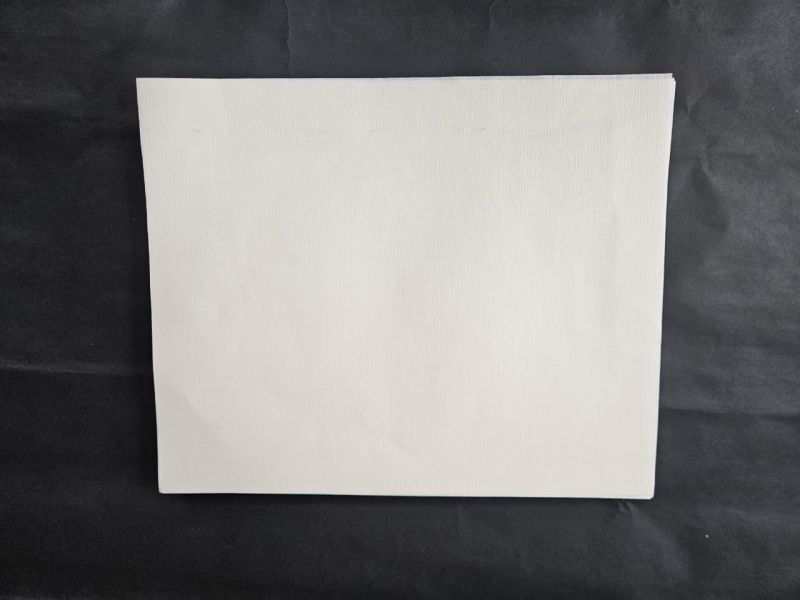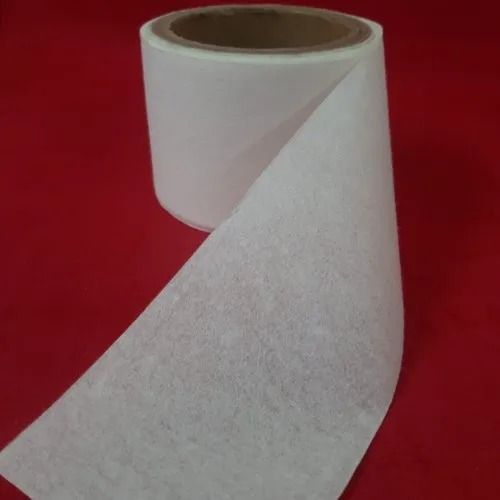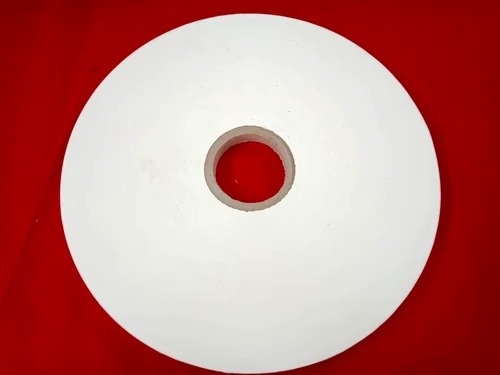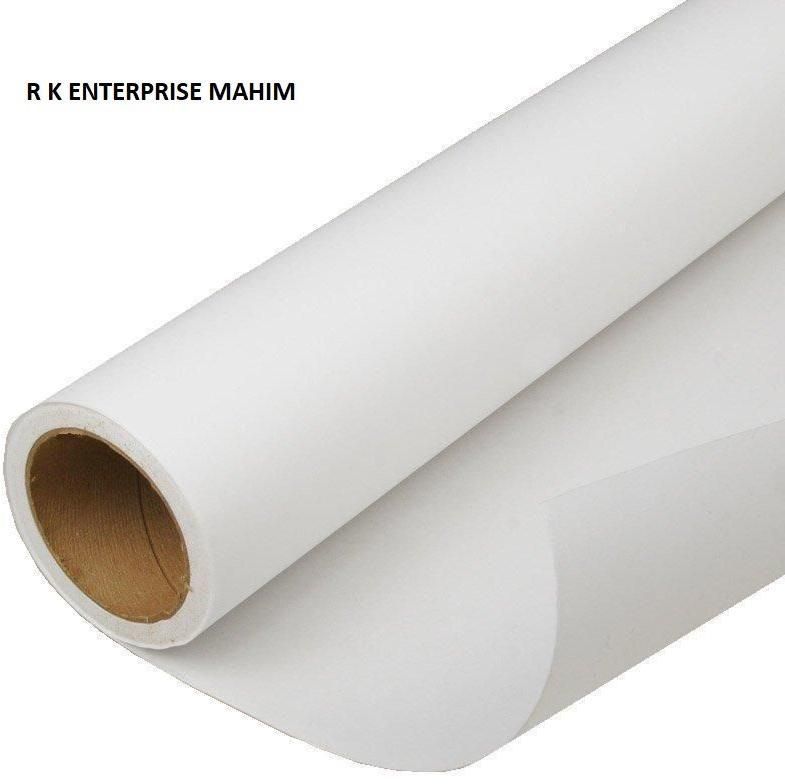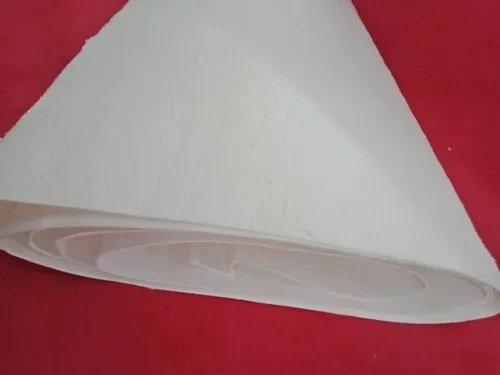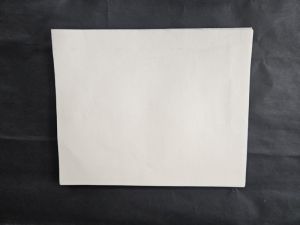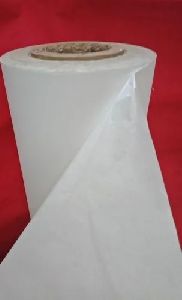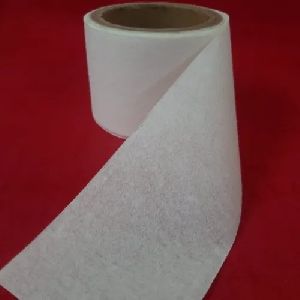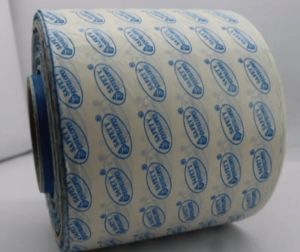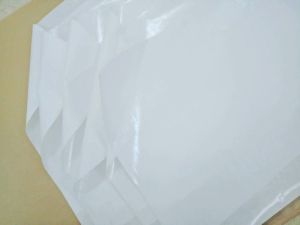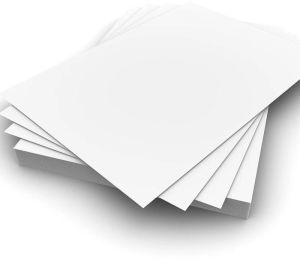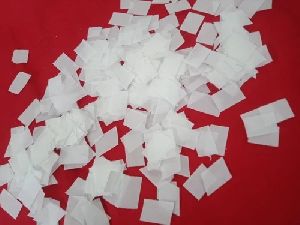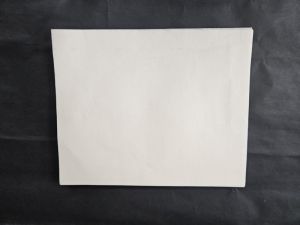Mahim, Mumbai, Maharashtra
- GST NO. : 27ADXPN7508A1ZA
| Business Type | Manufacturer, Supplier |
| Brand Name | Amicare |
| Material | Cotton,Paper |
| Pulp Material | PAPER |
| Click to view more | |
Preferred Buyer From
| Location | Worldwide |
Product Details
Color
White
Design Printing
Printed
Length
100-400mtr
Feature
Breathable, Fan-Shape, Odor Control, Side Gather
Type
Woman Sanitary Napkin,Panty Liner
Country of Origin
India
Size
L, XL
Shape
Folded, Winged
Style
Disposable
Time Used
Day, Night, One Time Use, Any Time
Product Code
S2
Port
Transport
Delivery Time
one week
Packaging Details
Customised Packaging
The specifications and description of release paper (often referred to as release liner or release film) vary depending on the specific requirements for its application, such as the industry (adhesives, automotive, packaging, etc.) and the materials being used. However, here’s a general outline of common specifications and descriptions for release paper sheet and roll:
1. Material Composition:- Base Paper:
- Usually made from kraft paper, bond paper, or film (like PET or polypropylene).
- It can be either coated or uncoated, with coating often applied to ensure the release properties.
- Release Coating:
- The release coating is typically made from silicone or fluoropolymer materials that provide a non-stick surface.
- The release layer can be single-sided (only on one side) or double-sided depending on the need.
- Paper Thickness:
- Ranges from 30 gsm to 300 gsm for sheets. For rolls, the thickness might range from 0.025 mm to 0.1 mm or higher.
- The thickness can vary depending on the weight and rigidity required for the application.
- Coating Thickness:
- Release coating typically ranges from 0.5 microns to 3 microns, depending on the level of release needed.
- Sheet Dimensions:
- Standard sizes can be A4 (210 x 297 mm), A3 (297 x 420 mm), or custom sizes.
- Roll Dimensions:
- Roll width: Can range from 100 mm to 3000 mm (4” to 118”).
- Core Diameter: Typically, the core diameter can be 3” or 6”, though custom sizes may be available.
- Roll Length: Can vary from 100 m to 1000 m or more, depending on the application.
- Release Force:
- The release force, which is the strength required to peel the paper away from an adhesive or product, varies and can be controlled by adjusting the type and amount of coating applied.
- It can range from low release (light adhesion) to high release (strong adhesion).
- Surface Finish:
- Release paper can be glossy, matte, or satin, depending on the desired visual effect or the sensitivity of the material being applied.
- Tensile Strength:
- Release papers often have good tensile strength to prevent tearing during the application process.
- Moisture Resistance:
- High-quality release papers are often treated to be moisture-resistant or waterproof to prevent the paper from getting damaged during handling or application.
- Adhesive Products: Release papers are primarily used for products like pressure-sensitive adhesives, tapes, labels, and stickers.
- Medical and Hygiene Products: Used as liners for diapers, sanitary pads, and wound dressings.
- Industrial Applications: Used in applications like vinyl wraps, lamination, or electronics assembly where the removal of protective layers is required.
- Automotive and Packaging Industries: Also used in specialized packaging and protective films.
- Antistatic Properties: Some release papers are treated to be antistatic to prevent static buildup, especially in sensitive applications like electronics.
- Food Safety: Release papers used for food packaging may be treated to meet food safety regulations.
- Eco-Friendly Options: Some release papers are designed to be more environmentally friendly, using sustainable paper and coatings.
- Release paper can be printed on or customized with logos, branding, or specific instructions for the end user.
| Material | Kraft paper, PET film, etc. |
| Coating | Silicone, fluoropolymer |
| Thickness (Paper) | 30 gsm - 300 gsm |
| Thickness (Coating) | 0.5 - 3 microns |
| Release Force | Light to strong release |
| Width (Roll) | 100 mm - 3000 mm |
| Length (Roll) | 100 m - 1000 m |
| Surface Finish | Glossy, Matte, Satin |
| Core Size | 3” or 6” |
| Tensile Strength | Medium to high |
Release paper sheets and rolls are specialized products designed to provide a n
Looking for "Release paper Sheet And Roll" ?
Pack
Explore More Products


